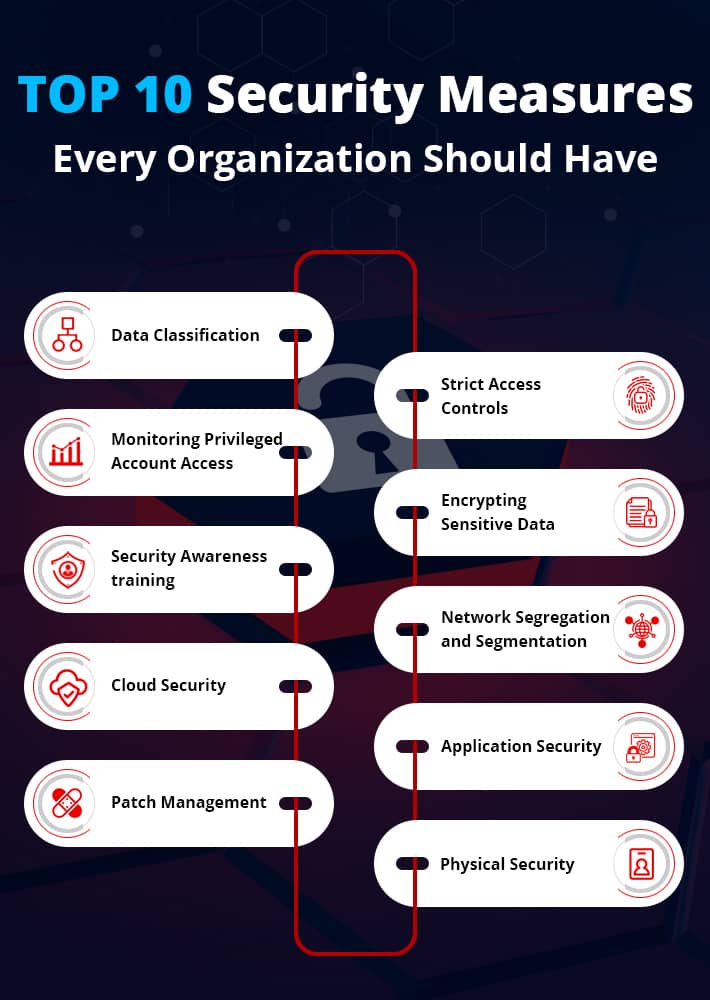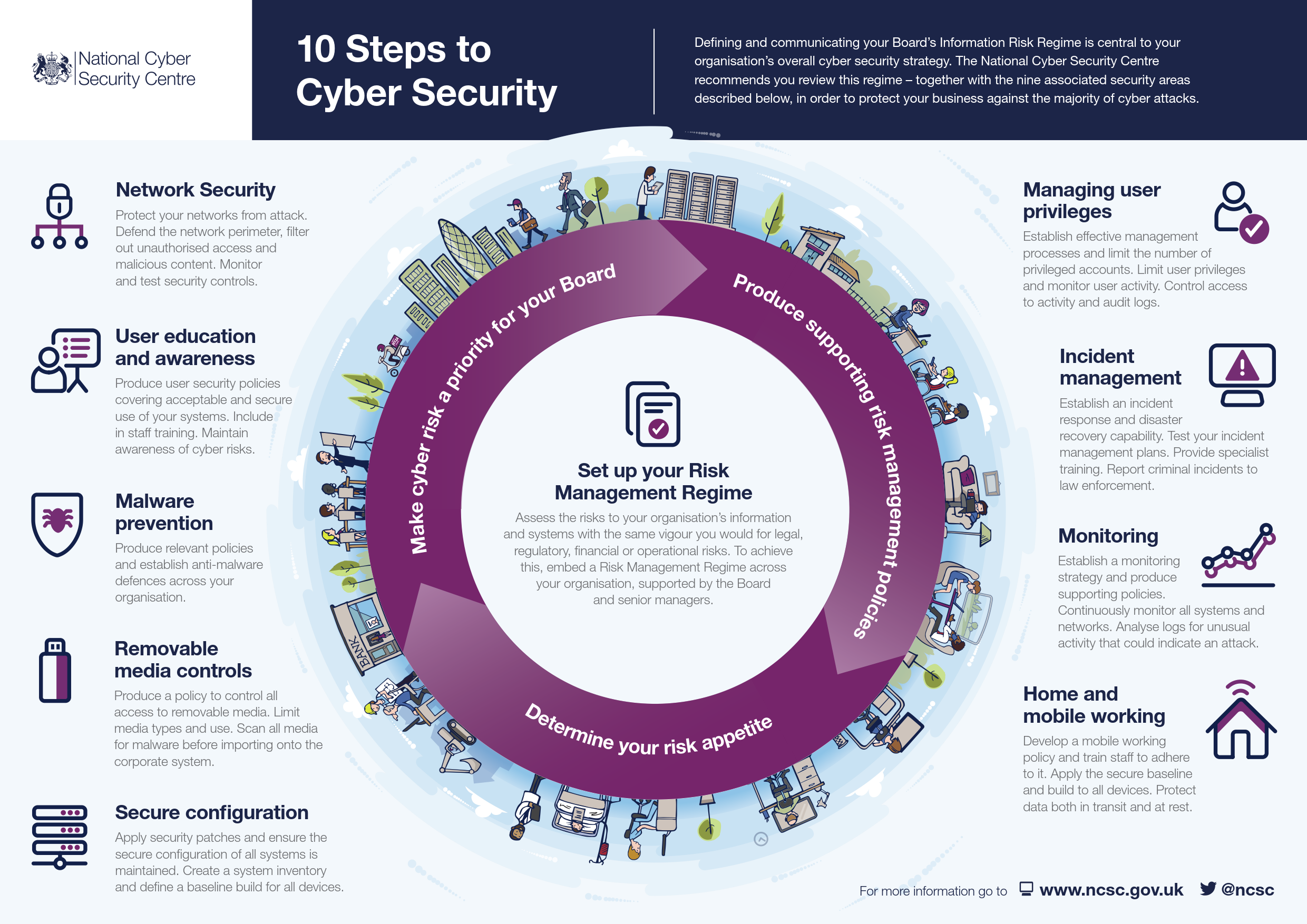“cybersecurity measures for protecting business APIs”
Related Articles
- “importance Of Supply Chain Security In Preventing Data Breaches”
- “challenges Of Securing Data In Hybrid Cloud Environments”
- “cybersecurity Compliance Standards For Healthcare In 2025”
- “how To Prevent Double-extortion Ransomware Attacks”
- “data Security Trends For Financial Institutions In 2025”
Introduction
In this article, we dive into “cybersecurity measures for protecting business APIs”, giving you a full overview of what’s to come
Many businesses focus heavily on authentication (e.g., username/password, OAuth 2.0) but neglect authorization, a critical oversight. Think of it this way: authentication is getting through the front door; authorization is determining which rooms you’re allowed to enter.

A strong authorization strategy employs the principle of least privilege. Grant only the minimum necessary access rights to each user or application. This limits the potential damage from a compromised account. Fine-grained access control, using techniques like role-based access control (RBAC) or attribute-based access control (ABAC), allows for granular permission management. Consider implementing policy-based authorization, which allows you to define access policies based on business rules and context, offering dynamic control over API access. Regularly review and audit these policies to ensure they remain relevant and effective.
Secret Tip: Don’t rely solely on built-in authorization mechanisms. Implement custom authorization logic to address specific business needs and vulnerabilities. This can involve integrating with your existing identity and access management (IAM) system for a holistic approach.
2. API Gateway: The Unsung Security Champion
API gateways act as a central point of control for all API traffic. They offer a range of security features, including:
- Authentication and Authorization: Gateways can handle authentication protocols, enforce authorization policies, and integrate with your IAM system.
- Rate Limiting: Prevent denial-of-service (DoS) attacks by limiting the number of requests an application can make within a specific time frame.
- Input Validation and Sanitization: Cleanse incoming data to prevent injection attacks (SQL injection, cross-site scripting (XSS)).
- Traffic Monitoring and Logging: Track API usage patterns, identify anomalies, and provide valuable data for security analysis.
- API Versioning and Management: Simplify the process of managing multiple API versions and retiring outdated ones.

Secret Tip: Configure your API gateway to utilize advanced threat detection capabilities, such as machine learning algorithms, to identify and block malicious traffic patterns that might evade traditional security measures. Regularly update the gateway’s firmware and security patches to mitigate newly discovered vulnerabilities.
3. API Security Testing: Proactive Defense is Key
Regular API security testing is not an optional extra; it’s a fundamental requirement. This includes:
- Static Application Security Testing (SAST): Analyzes the API’s source code for vulnerabilities before deployment.
- Dynamic Application Security Testing (DAST): Tests the running API for vulnerabilities by simulating attacks.
- Interactive Application Security Testing (IAST): Combines SAST and DAST, providing a more comprehensive analysis.
- Penetration Testing: Simulates real-world attacks to identify vulnerabilities that automated testing might miss.
Secret Tip: Don’t just focus on automated testing. Incorporate manual penetration testing performed by security experts who can think creatively and identify vulnerabilities that automated tools might overlook. Regularly rotate your penetration testers to introduce fresh perspectives and avoid predictable testing methodologies.
4. Secure API Design: Building Security from the Ground Up
Secure API design is paramount. Consider these principles:
- Principle of Least Privilege: Only expose the necessary data and functionality through the API.
- Defense in Depth: Implement multiple layers of security to create a layered defense.
- Input Validation: Strictly validate all incoming data to prevent injection attacks.
- Output Encoding: Encode all outgoing data to prevent XSS attacks.
- Error Handling: Handle errors gracefully to avoid revealing sensitive information.
- API Documentation: Provide comprehensive and secure API documentation to guide developers on proper usage.
Secret Tip: Employ a secure design review process where experienced security architects review API designs before implementation to identify and address potential security flaws early in the development cycle. This proactive approach significantly reduces the cost and effort of fixing vulnerabilities later.
5. Monitoring and Logging: Real-Time Visibility and Threat Detection
Comprehensive monitoring and logging are crucial for detecting and responding to security incidents. Implement robust logging mechanisms that capture all API requests, responses, and errors. Use centralized logging systems that allow for efficient analysis and correlation of events. Set up alerts for suspicious activities, such as unusual traffic patterns or failed login attempts.
Secret Tip: Utilize Security Information and Event Management (SIEM) systems to correlate log data from various sources, providing a holistic view of your security posture. Implement anomaly detection algorithms to identify unusual patterns that may indicate a security breach. Regularly review logs to identify trends and potential vulnerabilities.
6. API Versioning and Deprecation: Managing the API Lifecycle
APIs evolve over time. Proper versioning allows for gradual updates without breaking existing integrations. Establish a clear deprecation policy to inform developers about the end-of-life for older API versions. This prevents attackers from exploiting known vulnerabilities in outdated versions.
Secret Tip: Maintain a detailed inventory of all your APIs, including their versions, dependencies, and security configurations. This inventory provides a single source of truth for managing the API lifecycle and identifying potential risks. Automate the process of API versioning and deprecation to ensure consistency and efficiency.
7. Secure Communication Channels: Protecting Data in Transit
All communication between clients and APIs should be encrypted using HTTPS. Implement strong encryption protocols (e.g., TLS 1.3) and ensure that certificates are properly managed and regularly renewed.
Secret Tip: Implement Transport Layer Security (TLS) certificate pinning to prevent man-in-the-middle (MITM) attacks. This involves hardcoding the expected certificate fingerprints in your client applications, ensuring that only trusted certificates are accepted. Regularly audit your certificates and update them as needed.
8. Keeping Up with the Latest Threats: Continuous Learning and Adaptation
The threat landscape is constantly evolving. Stay informed about the latest API security threats and vulnerabilities by following security blogs, attending industry conferences, and participating in online communities. Regularly update your security measures to address new threats and vulnerabilities.
Secret Tip: Engage with the open-source security community to contribute to and benefit from collective knowledge and insights. This collaboration helps to identify and mitigate emerging threats more effectively. Participate in bug bounty programs to incentivize security researchers to identify vulnerabilities in your APIs.
Frequently Asked Questions (FAQs)
Q: What is the most common API security vulnerability?
A: Injection attacks (SQL injection, XSS) are among the most common, often stemming from insufficient input validation. Broken authentication and authorization mechanisms are also frequently exploited.
Q: How often should I perform API security testing?
A: Regular testing is crucial. The frequency depends on your risk tolerance and the criticality of your APIs. At minimum, consider quarterly penetration testing and more frequent automated testing.
Q: What is the best way to handle API errors?
A: Avoid revealing sensitive information in error messages. Return generic error codes and provide more detailed information through separate channels (e.g., logging).
Q: How can I protect my APIs from DDoS attacks?
A: Implement rate limiting, use a CDN with DDoS mitigation capabilities, and consider using a Web Application Firewall (WAF).
Q: What are the legal and regulatory implications of an API security breach?
A: The consequences can be severe, including hefty fines, lawsuits, and reputational damage. Compliance with regulations like GDPR, CCPA, and HIPAA is crucial.
This comprehensive guide provides a strong foundation for securing your business APIs. Remember that security is an ongoing process, requiring continuous vigilance and adaptation. By implementing these strategies and staying informed about emerging threats, you can significantly reduce your risk and protect your valuable data and business operations.
Source URL: Insert a relevant source URL here, e.g., OWASP API Security Top 10
Closure
We hope this article has helped you understand everything about “cybersecurity measures for protecting business APIs”. Stay tuned for more updates!
Make sure to follow us for more exciting news and reviews.
Feel free to share your experience with “cybersecurity measures for protecting business APIs” in the comment section.
Keep visiting our website for the latest trends and reviews.
